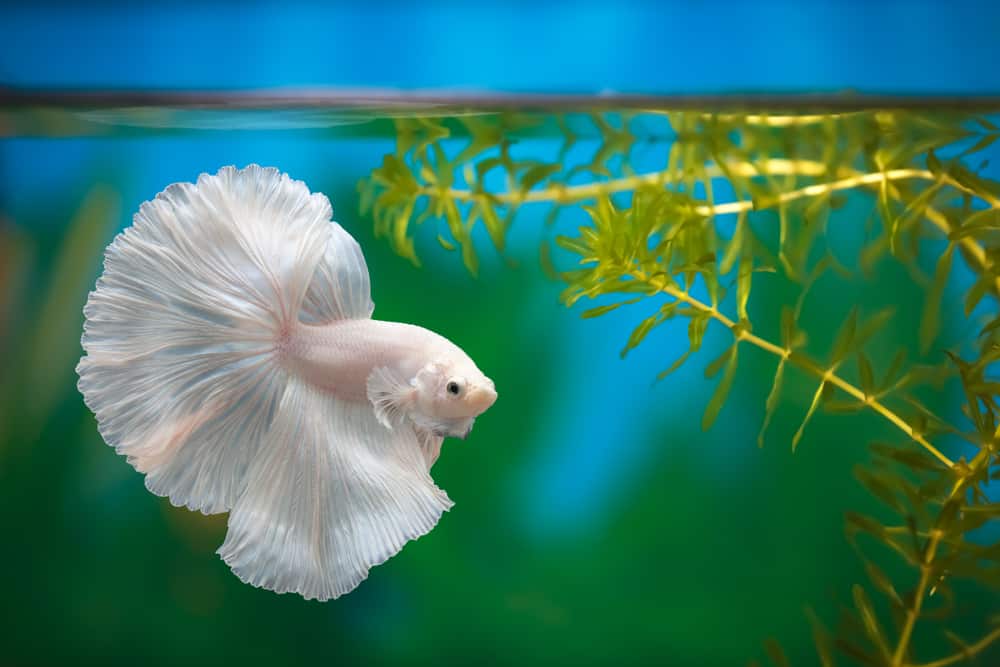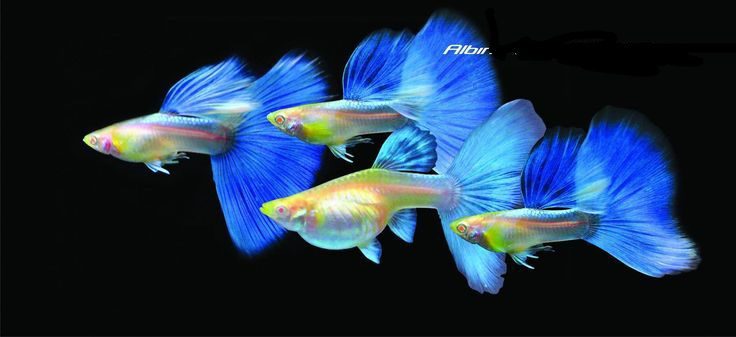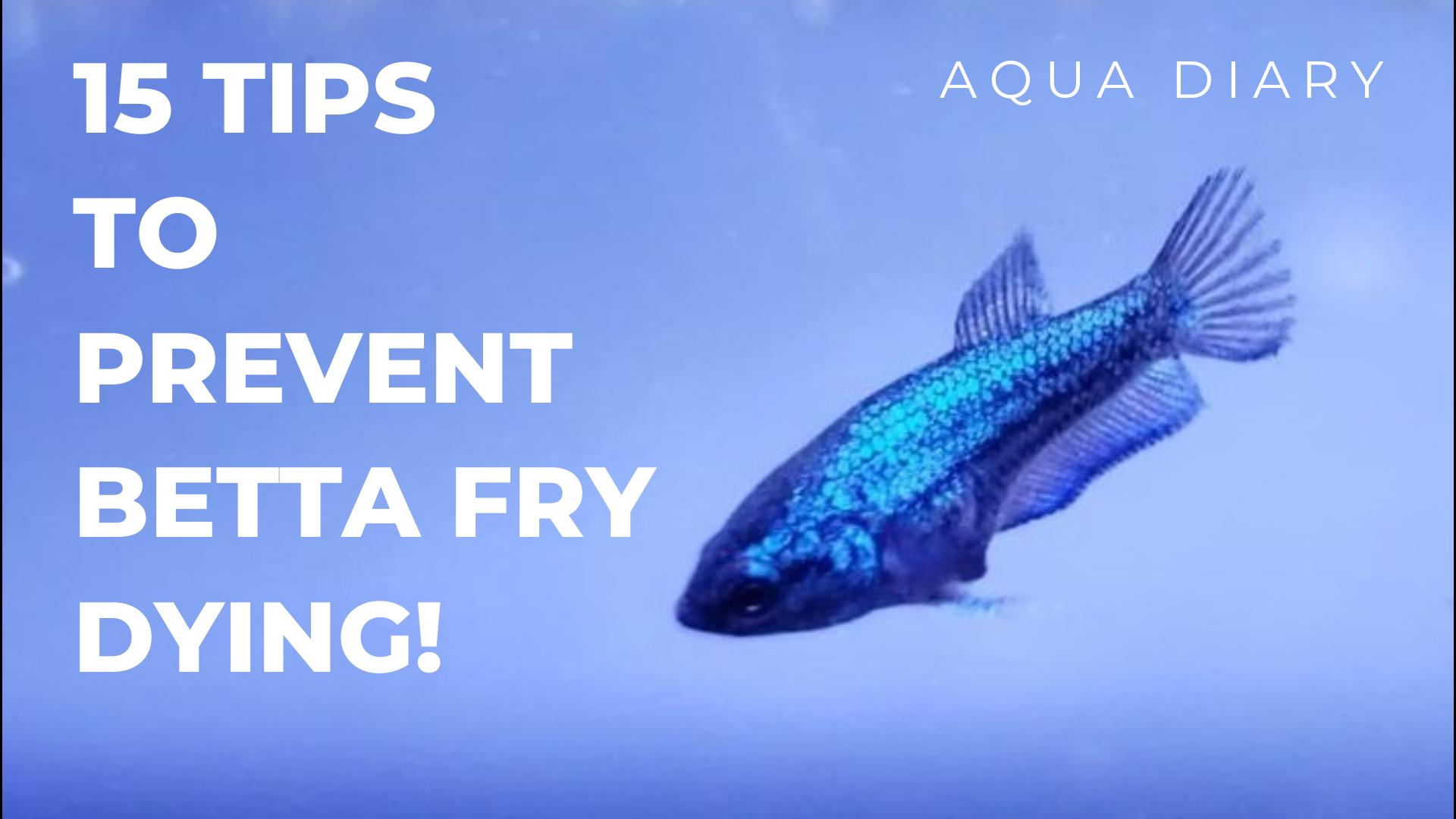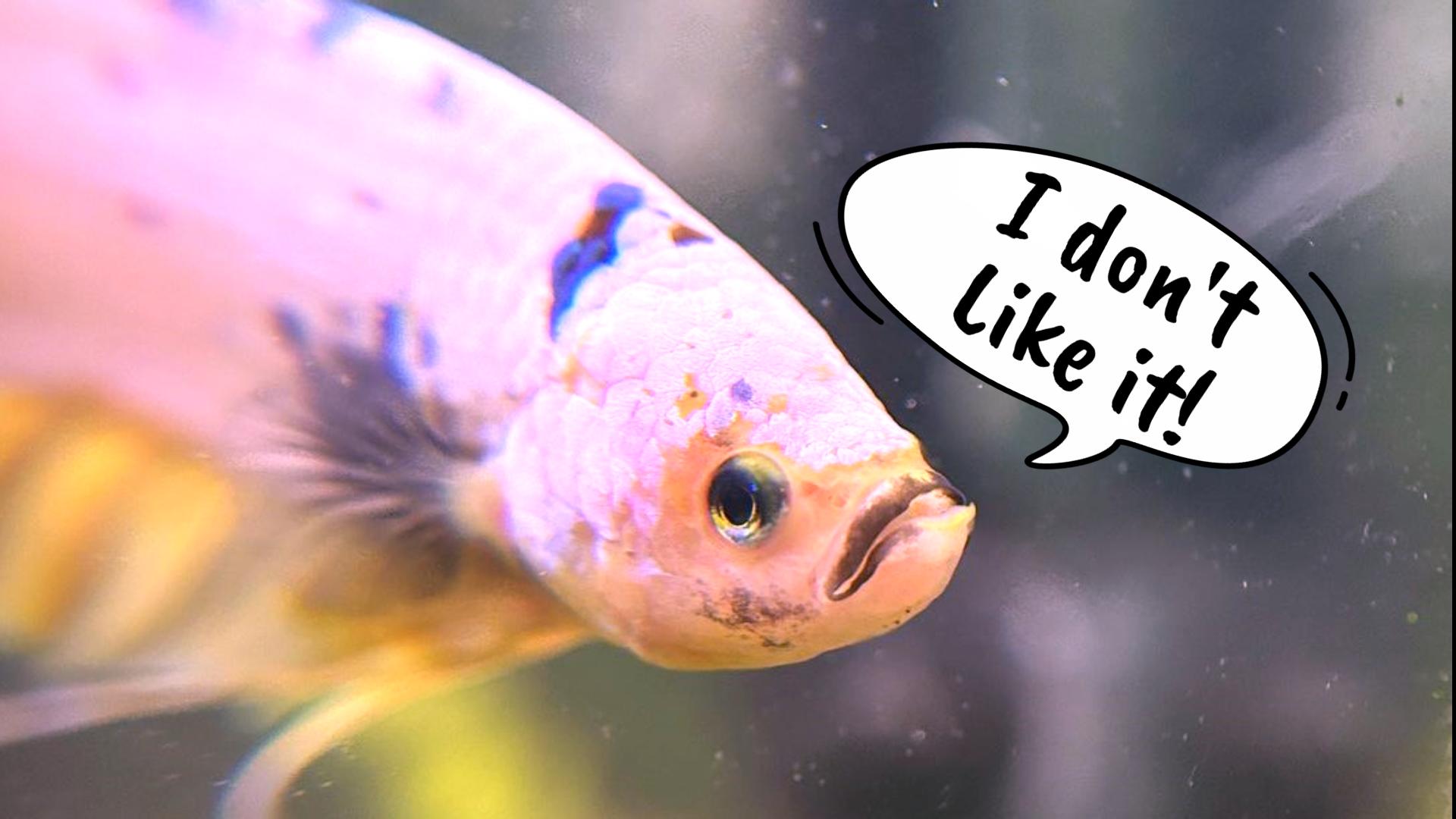There are well-known ways to tell if your betta fish is healthy and happy in its tank, even when it is kept alone. Betta fish are among the most popular pets among fish keepers. Considering the territorial nature of betta and that they are naturally slow swimming behavior, often it’s confusing for betta keepers to identify whether betta is happy. In this blog, we are going to discuss signs of happy and healthy betta to determine your betta fish.
Signs of a Happy Betta Fish
Bettas are attractive fish that are normally maintained in tanks by themselves since males can be aggressive toward other fish. ??However, they can share a tank with other compatible fish species if you choose the right ones. Observe your betta’s behavior and tank surroundings to see if they’re thriving and happy, whether you keep them with other fish or alone. It’s critical to observe your betta fish every day for indicators of typical, healthy behavior as well as symptoms that they may be bored or ill.
Betta Bubble Nests – Happy Betta fish

Building a “bubble nest” is one of the most visible symptoms of a happy betta fish. Look for a clump of bubbles on the tank’s surface, otherwise, your betta may truly be blowing the nest.?? When male bettas are ready to mate, they build bubble nests, and a fish would only do this instinctively if they felt safe and secure. If you don’t see bubble nests in your tank, it doesn’t necessarily imply your betta is unhappy. Every male betta will build bubble nests at their own pace, which could be as often as once a day or once every six months. Although some female bettas may build bubble nests, this is typically a male activity.
Feeding Behavior.
Recognizing when it’s feeding time is one indicator of their intelligence. When you come to the tank to feed it, a happy, well-adjusted betta will begin to swim over to you, especially if you feed in the same spot. When you add food to the tank, they will excitedly move toward it and consume it.
Normal Activity.
A betta who is happy in his surroundings would interact with it on a frequent basis. This entails swimming around your tank’s ornaments and plants. If a betta only stays in one spot, particularly at the bottom of the tank, and ignores his surroundings, he may be sick. This is not to be confused with sleeping, which all bettas do and is entirely natural.
Not Hiding.
Another sign of a happy betta fish is one who is active in his aquarium and can be easily found. If you’re having problems finding your betta in the tank because he’s always hiding, it’s a sign that he’s stressed or ill. Bettas prefer hiding in ornaments with hiding spots, but they shouldn’t spend all of their time in them and ignore the rest of the tank.
Effortless Swimming.
Every day, a joyful betta will swim around their tank. They’ll move around almost sluggishly at times, and then quickly flit from side to side at other moments. Your betta is healthy and happy if it appears to have no trouble swimming and isn’t tilting to the side or struggling. When a betta isn’t feeling well, he or she may have difficulty swimming and appear uncoordinated. They may also remain near the bottom of the tank, displaying symptoms of struggling to swim away.
Getting Along With Tank Mates.
If you keep betta in a community tank, seeing your betta engage with other compatible fish in a non-aggressive manner is a good sign. This means he can swim around or past them without becoming agitated or chasing them. If your betta is flaring his fins, chasing them, or even nibbling at them, it’s an indication he’s unhappy, and you should remove the other fish from his tank.
Vibrant Color and flared fins – Happy Betta fish


This is another sign of a happy betta. As it is bettas are very colorful and have exotic colors and majestic fins and tails. The upkeep of the vibrancy of colors indicates a happy and healthy pet. Similarly, well-flared and neat fins are signs of good fish.
Offer yummy treats on occasion – Happy Betta fish
Betta’s love freeze-dried snacks and live food, like bloodworms. Live food is the most nutritional for your betta as it’s what he would eat in his natural habitat. We recommend live worms as first choice, because as a true freshwater species, they can live for quite a while in your aquarium without fouling the water, also mostly available to buy it from local pet stores. also gives high nutritious and mentally stimulating they are for bettas.
Keeping Quality Tank Environment.
Providing for a betta fish’s emotional and physical requirements is a simple way to keep them happy. This means they’ll need a tank that’s the right size, good food, and a lot of plants and decorations in their tank. You’re on the right track if you see the indicators of a happy betta fish. You can change your betta fish’s daily schedule if you notice indicators that they are sick or melancholy by watching their daily routine.
Betta toys – Happy Betta fish
Bettas are intelligent fish that may be taught to perform tricks such as swimming through hoops. Try adding fish toys into the tank. By keeping your Betta in an active environment they won’t get bored. More and more fish toys are becoming available on the market every day to help stimulate your tank environment.
Signs of Depression in a Betta
Recognizing signs of depression in your Betta fish is vital. Look for changes in eating habits, such as reluctance to eat or ignoring food. A decrease in activity level, hiding, faded color, clamped fins, and unusual swimming patterns are all potential indicators. If you notice any of these signs, take action promptly to improve their environment and well-being. Your attentive care can ensure your Betta fish stays healthy and happy.


Did we miss any other symptoms of happy betta? What issues have you faced with your pet betta? Please let us know what you think in the comments section below. Also, check this blog for more insights into betta fish happiness in blog format.





